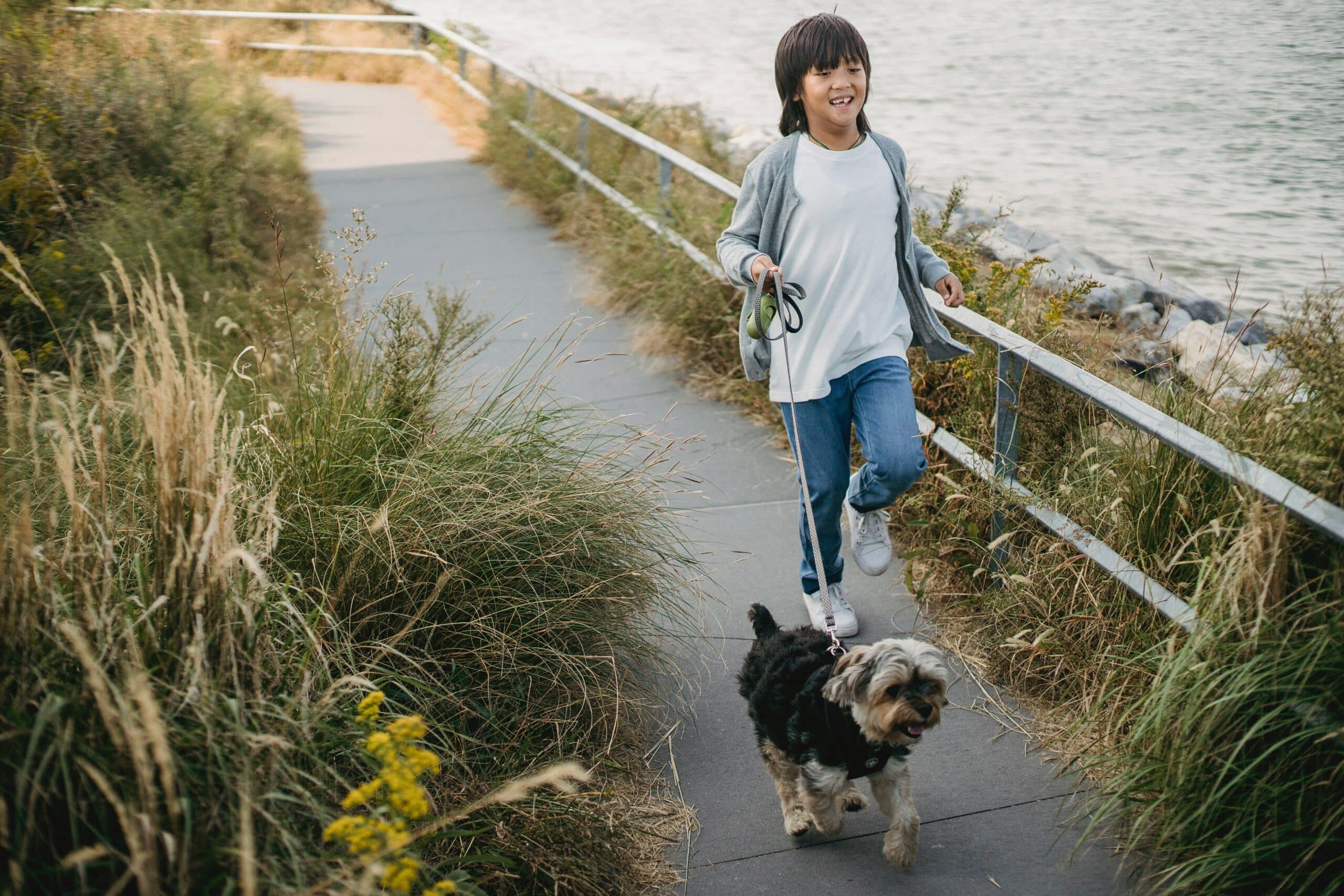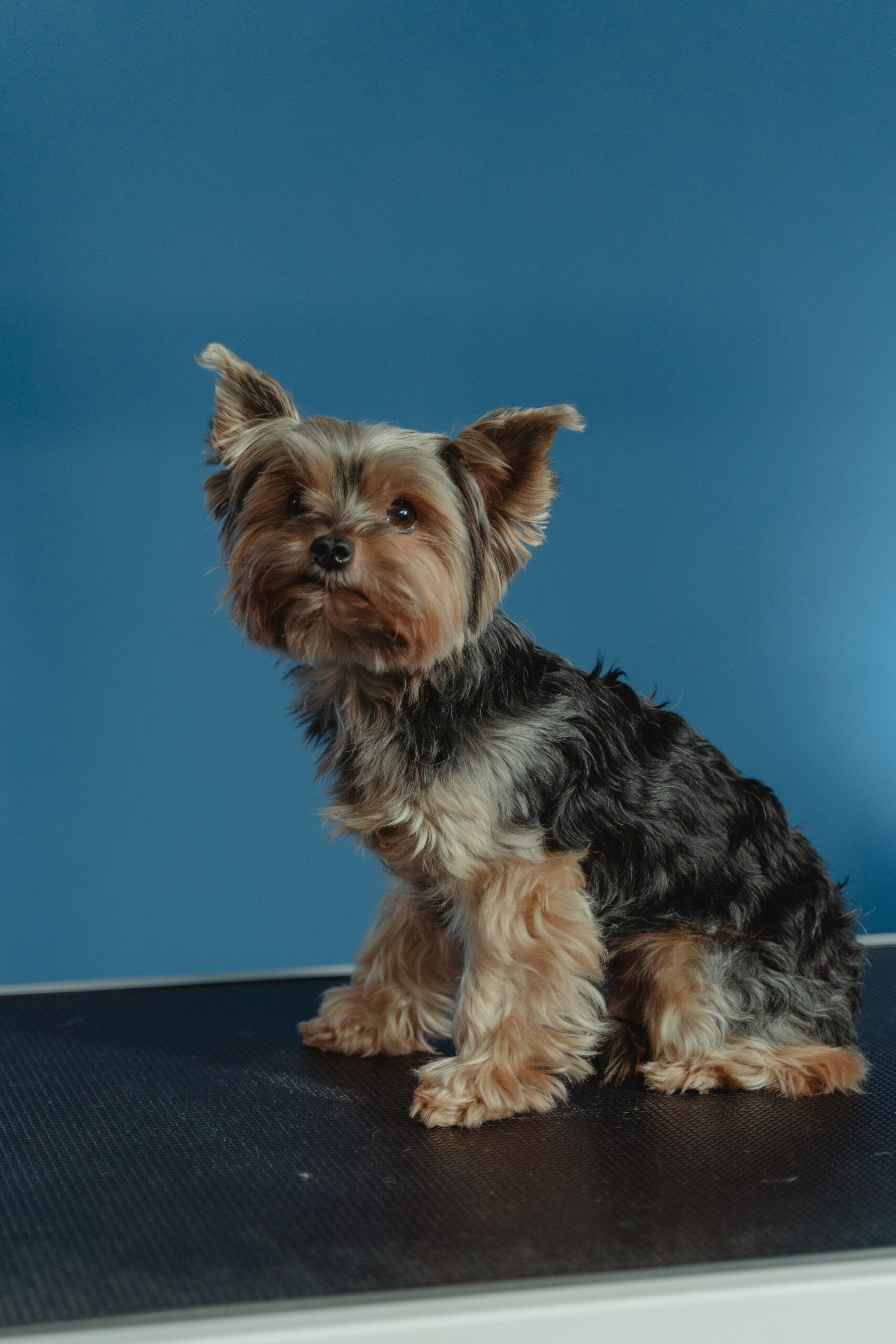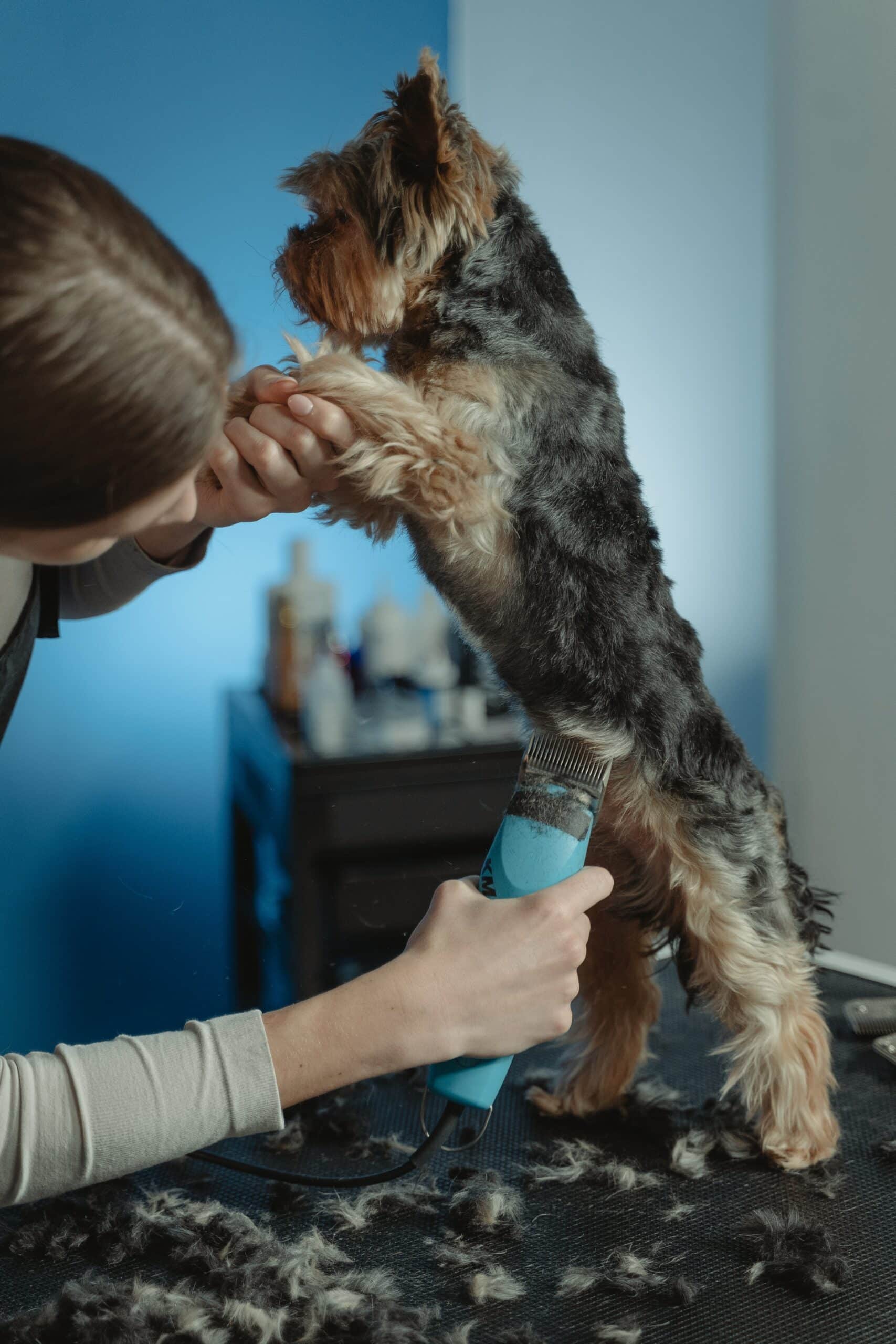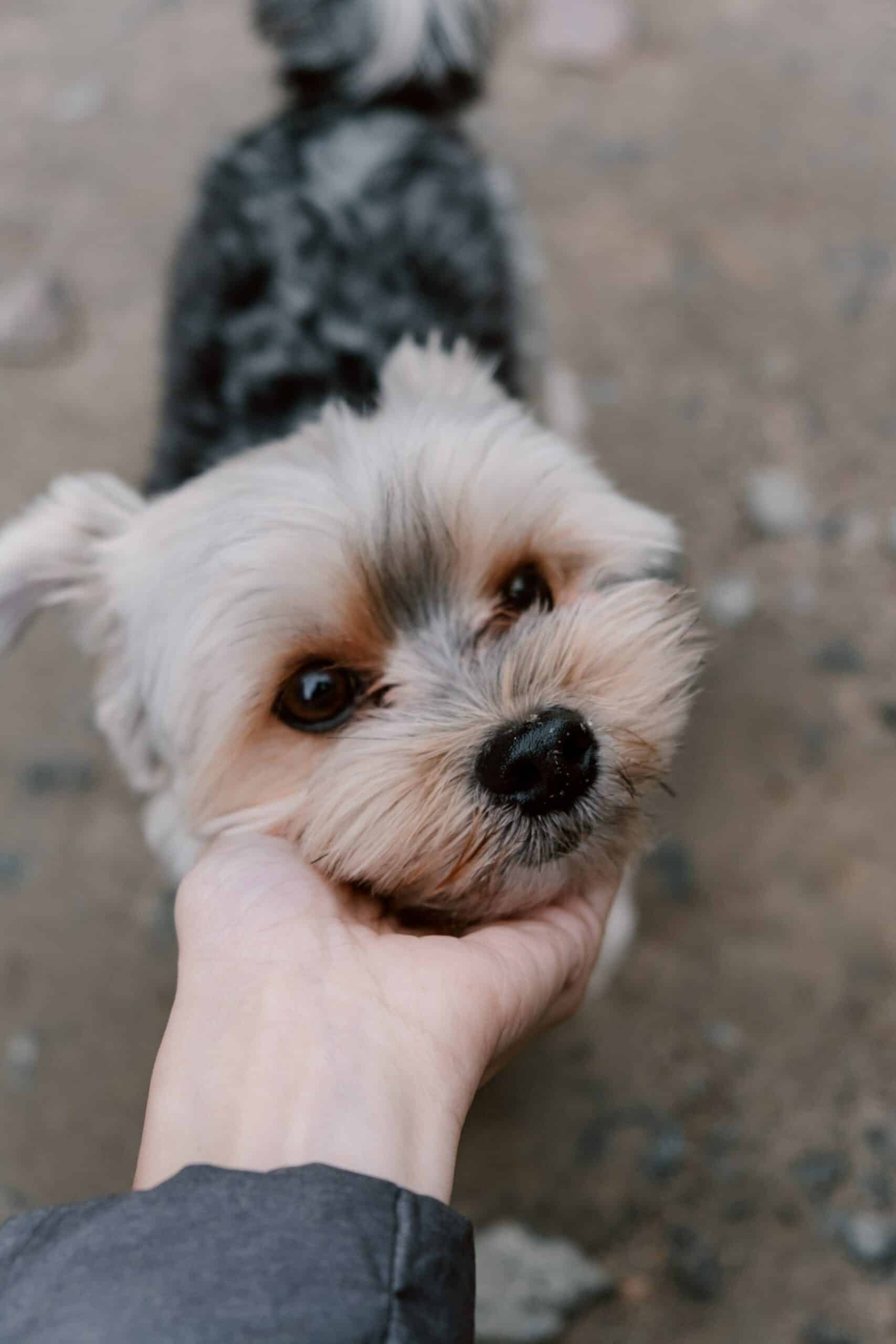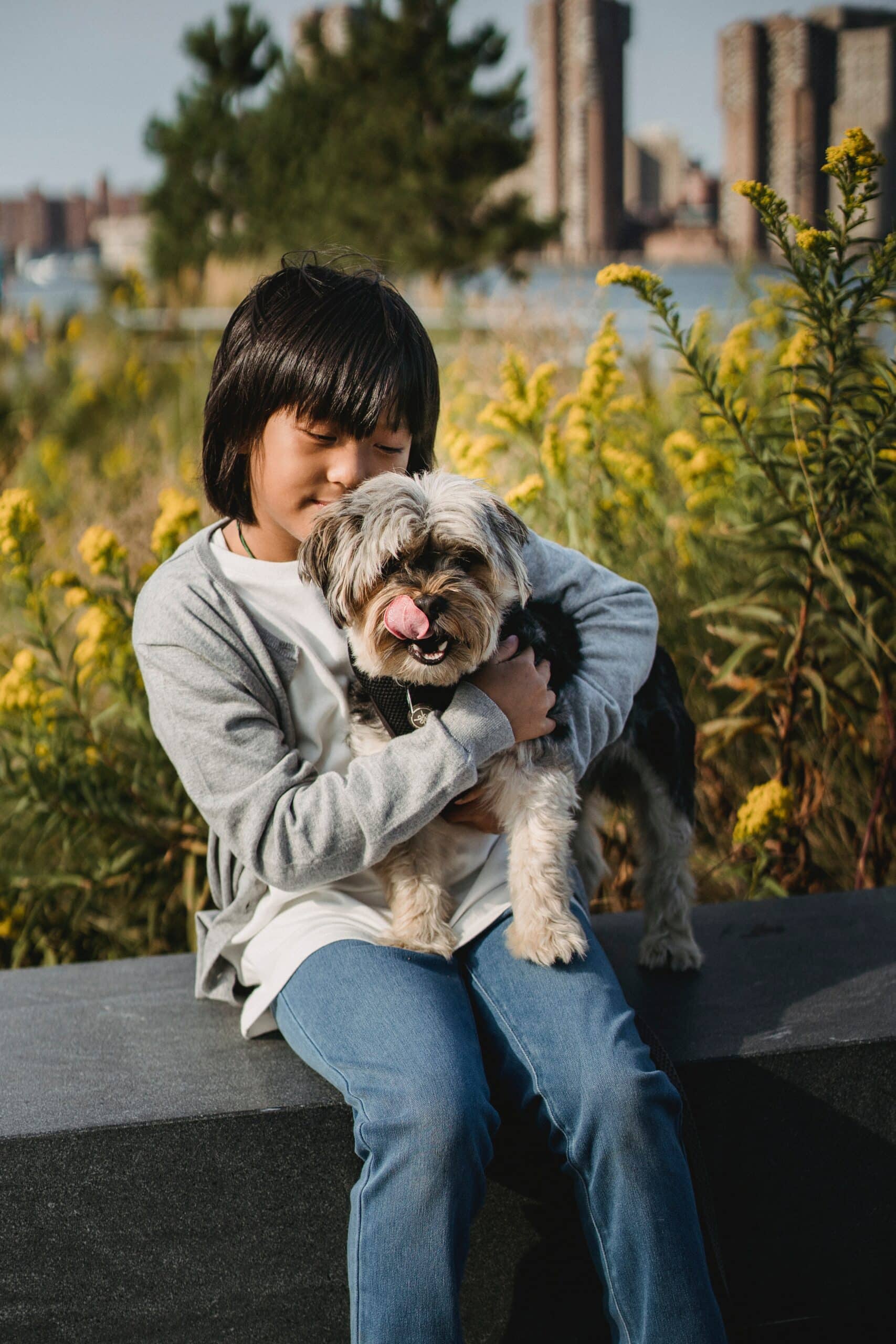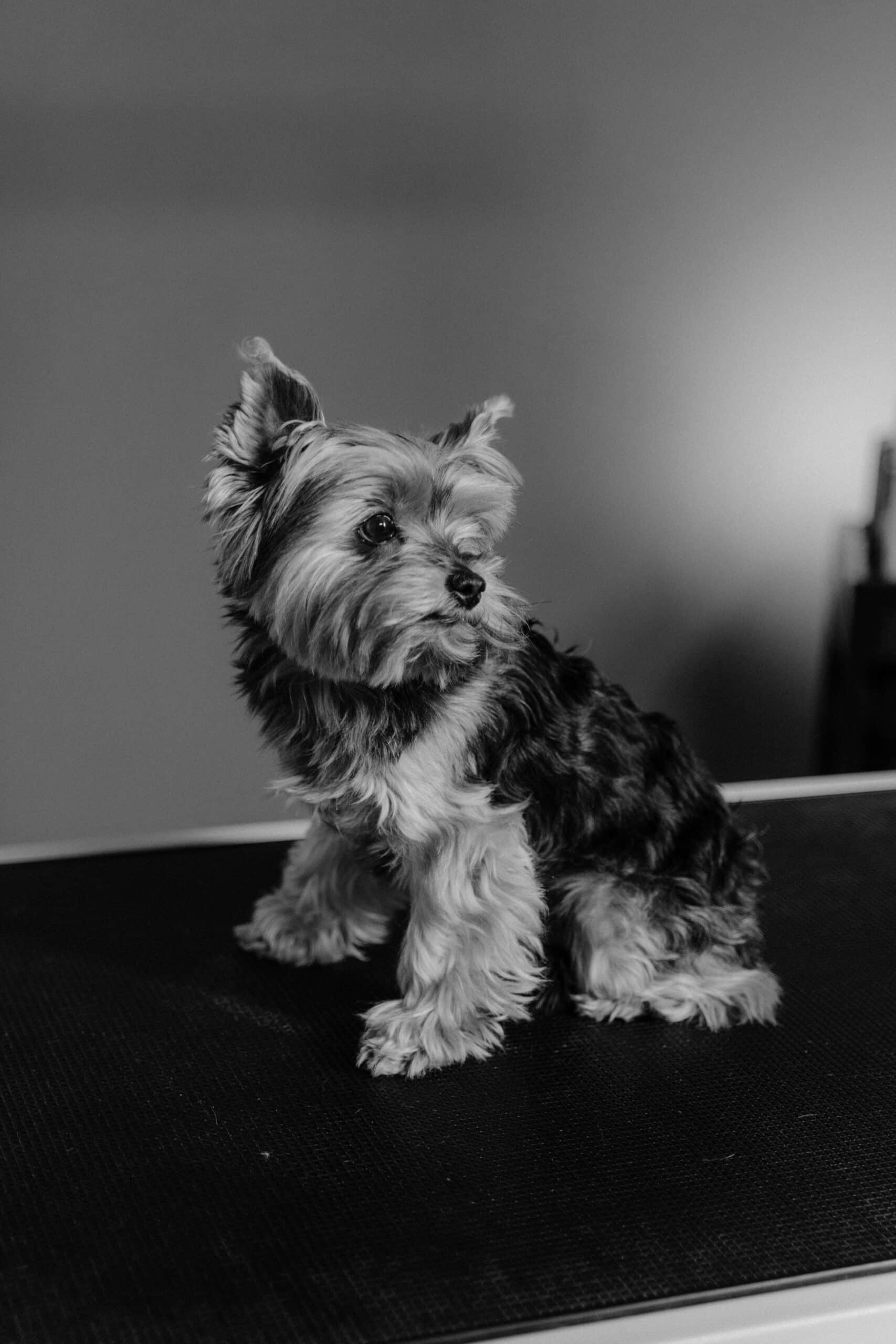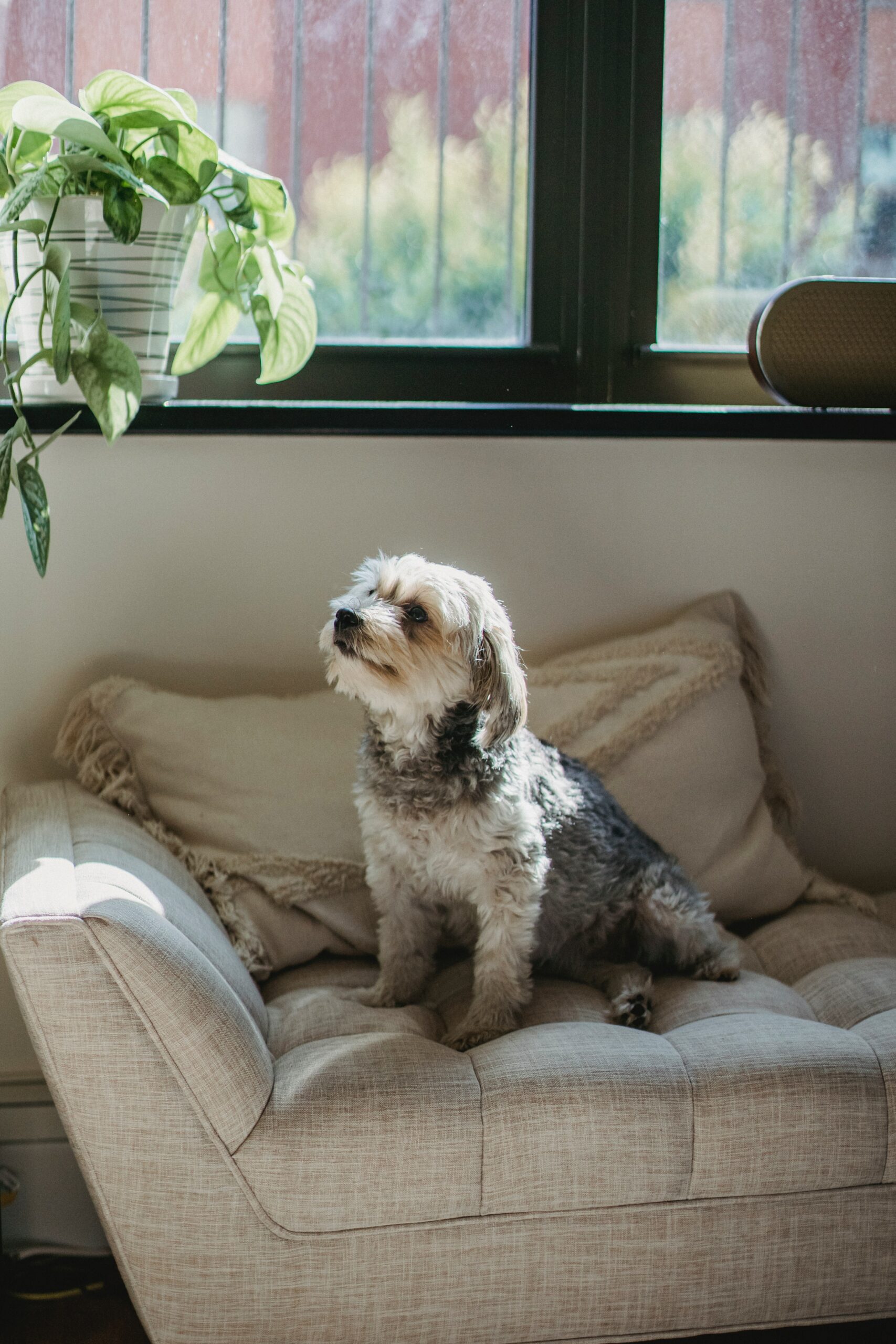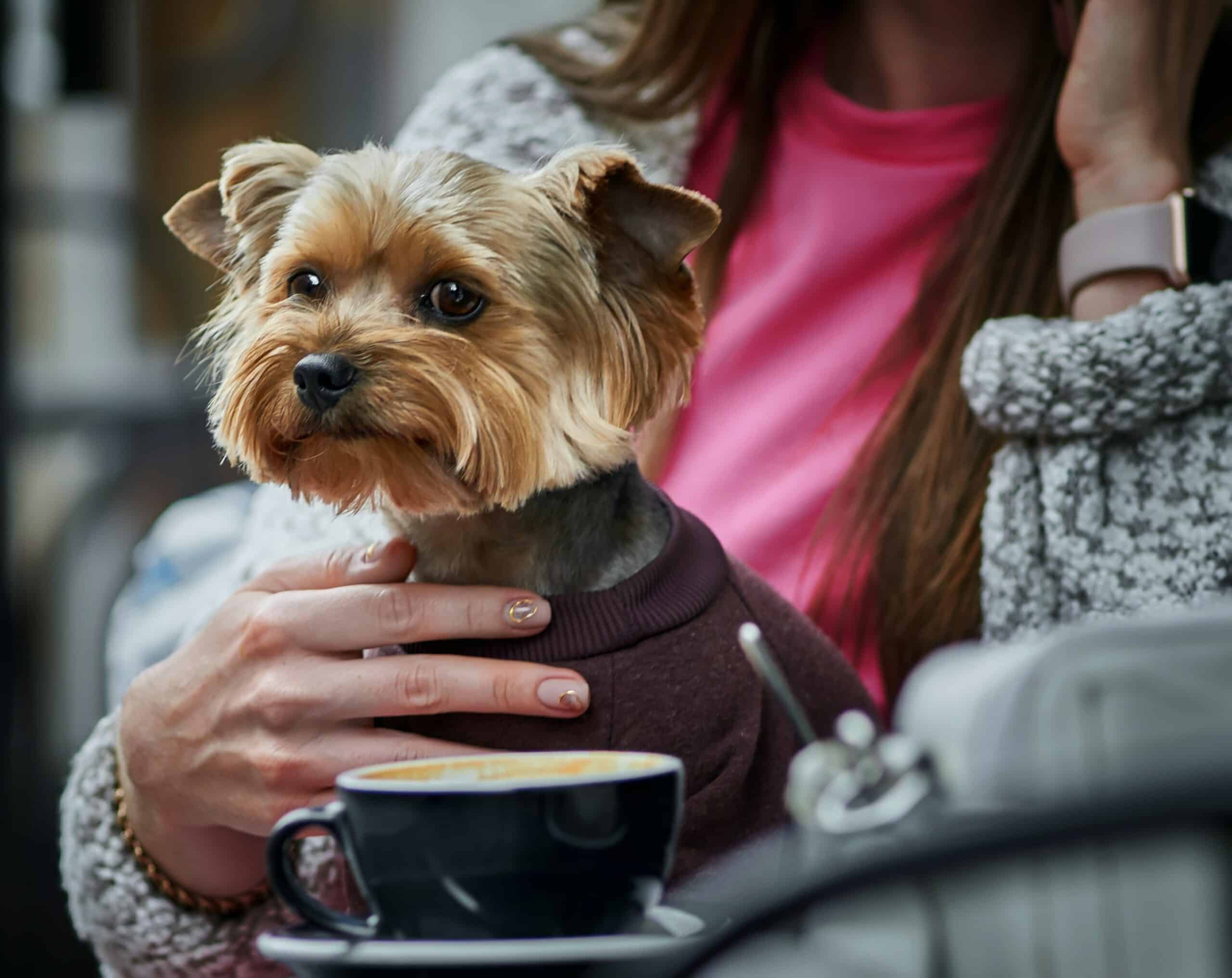
The Yorkshire Terrier (often known as a Yorkie) is one of the smallest dog breeds, if not the smallest canine breed. The breed originated in Yorkshire, England, during the nineteenth century. Its ideal maximum weight is 7 pounds (3.2 kg).
The Yorkshire Terrier, a popular companion dog, has also influenced the creation of other breeds, including the Silky Terrier. Most have a black and brown coat, although they can also have silver-grey or blonde fur.
Yorkshire terriers are lively and playful canines. When left alone, they frequently display separation anxiety, which is why some owners keep two dogs.
During the Victorian era, the Yorkie was a popular pet, which everyone desired to have. The first breed registration at the American Kennel Club was in 1885.
There are dog breeds that are less allergenic and better suitable for those with allergies, even though no dog is completely hypoallergenic.
Even if the amount of shedding is reduced for these breeds, there is no assurance that everyone will experience fewer allergy symptoms as a result. Even if there is less hair, you will still have contact with their saliva and dander.
Yorkshire Terriers can have hereditary illnesses such as distichiasis, hydrocephalus, dens hypoplasia, Legg–Calvé–Perthes syndrome, luxating patella, portosystemic shunt, retinal dysplasia, tracheal collapse, and bladder stones.
Eyelashes that grow from an irregular place (typically the duct of the meibomian gland at the border of the eyelid) are common in Yorkies. These issues can cause eye irritation, weeping, squinting, inflammation, corneal scratches or ulcers, and scarring. Manual removal, electrolysis, and surgery are all possible treatments.
Hypoplasia of dens is a failure to develop the midpoint of the second cervical vertebra, resulting in spinal cord injury. The illness can strike at any age, with symptoms ranging from neck discomfort to quadriplegia (paralysis caused by illness or injury that results in partial or total loss of the four limbs and torso).
Certain lines of Yorkies have Legg–Calvé–Perthes syndrome, which causes the tip of the femur (thigh bone) to deteriorate.
The problem appears to be caused by a lack of circulation to the region surrounding the hip joint.The bone at the top of the femur collapses and dies when the blood supply is limited, and the cartilage layer around it cracks and deforms. The condition usually manifests itself while the Yorkie is young (approximately five and eight months of age); symptoms include discomfort, limping, or lameness.
Luxating patellas (falling kneecaps) are another common hereditary abnormality in Yorkies, however, they can also be created by an unfortunate fall. Weak knee ligaments and tendons, as well as deformed (too thin) patellar grooves, causing the patella to fall sideways out of its channel.
As a result, the leg 'freezes,' with the foot elevated off the ground. A dog with such a condition may be plagued by discomfort and lameness on a regular basis or just on rare occasions. The patellar ridges can wear down over time, making the fissure thinner and leading the dog to grow increasingly lame.
Although surgery is the most frequent treatment option for luxating patellas, it is not always needed for every dog with the problem.
Yorkies are also prone to portosystemic shunt, a congenital abnormality of the portal vein (which transports blood to the liver for purification). Some of the dog's blood skips the liver in this condition, and the unfiltered blood poisons the heart, brain, lungs, and other tissues with toxins.
Small size, low appetite, weak muscular development, limited learning process, weaker coordination, periodic vomiting and diarrhea, behavioral problems, seizures (particularly after a meal), and blindness can all occur in a Yorkie with this syndrome, leading to a coma and death. Surgery is frequently used to handle this disease.
Tracheal collapse-this condition, caused by a gradual weakening of the tracheal walls, affects numerous toy breeds, particularly extremely little Yorkies. The walls of the trachea can become floppy as a result of heredity, a disease that worsens with age. Cushing's syndrome, a condition in which the adrenal glands produce too much steroid hormone, can damage cartilage and induce tracheal collapse.
Physical tension on the neck has the potential to induce or contribute to trachea collapse. Many veterinarians advocate using a harness for leashed walks because this is frequently caused by an enthusiastic Yorkie pushing on his collar. The initial indication of this illness is frequently a "duck honking" cough, especially when stimulated or excited.
The persistent cough can lead over time, to chronic lung disease. Cough suppressants and bronchodilators can be used to treat coughing. If the collapse is advanced and resistant to medicine, the trachea can be repaired surgically.Fasting causes transitory juvenile hypoglycemia, or low blood sugar in pups (too much time between meals). Hypoglycemia may persist in adults, generally extremely tiny, Yorkies in rare situations.
It is common in Yorkie pups aged 5 to 16 weeks. Yorkie puppies are especially vulnerable to hypoglycemia due to a lack of muscular mass, which makes it difficult to store glucose and control blood sugar. Stress, lethargy, a chilly environment, insufficient nutrition, and a change in food or feeding schedule can all cause hypoglycemia.
A bacterial infection, parasite, or portosystemic liver shunt can all cause low blood sugar.A Yorkie showing hypoglycemia symptoms may also have a lower body temperature than usual and, in severe cases, may have a seizure or fall into a coma.
A dog presenting any of these symptoms should be administered sugar in the form of corn syrup as quickly as possible ( it is of course essential to go to a veterinary as soon as possible), since extended or recurrent episodes of hypoglycemia can permanently damage the dog's brain and, in extreme cases, be fatal.
Yorkshire Terriers descended from bigger but related Scottish breeds like the Skye Terrier and the now-extinct Paisley Terrier. Other breeds, such as the Silky Terrier, have descended from the Yorkshire Terrier. Yorkshire Terriers crossed with several other breeds command high prices, which are defined with a combination phrase formed of syllables (or sounds) from Yorkshire Terrier and the breed name of the other progenitor.
Reference
https://en.wikipedia.org/wiki/Cataract
https://en.wikipedia.org/wiki/Bronchitis
https://en.wikipedia.org/wiki/Lymphangiectasia
https://en.wikipedia.org/wiki/Congenital_portosystemic_shunt
https://en.wikipedia.org/wiki/Dry_eye_syndrome
https://www.everycreaturecounts.org/are-yorkies-good-with-kids/
https://en.wikipedia.org/wiki/Tetraplegia
https://en.wikipedia.org/wiki/Dewclaw
https://en.wikipedia.org/wiki/Yorkshire_Terrier
https://www.akc.org/expert-advice/dog-breeds/do-hypoallergenic-dog-exist/


